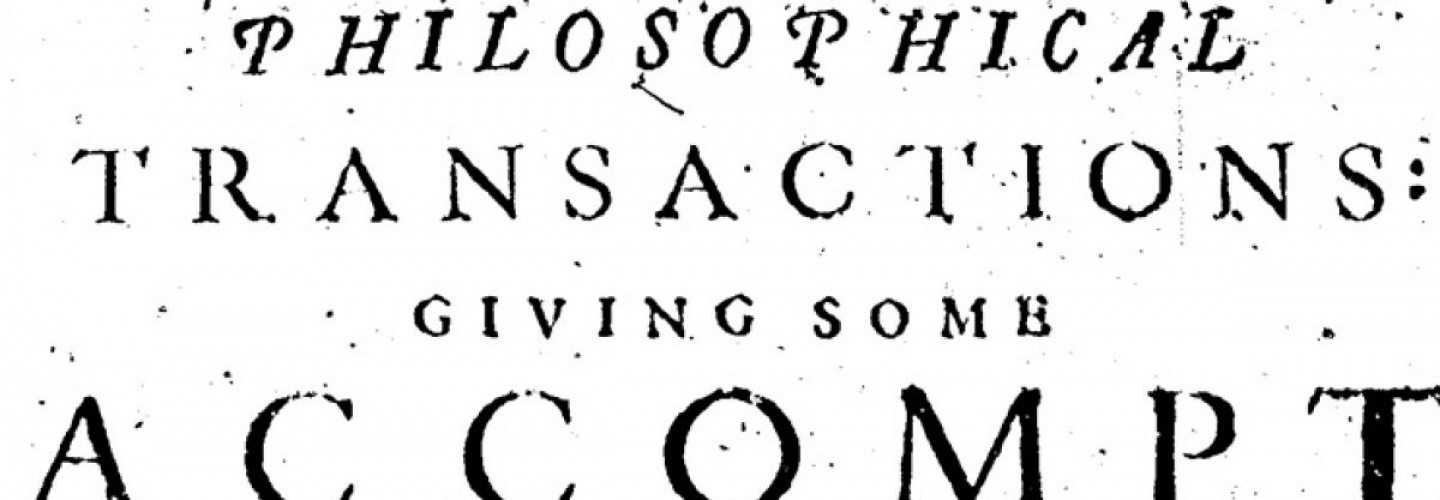Their paper has been published in the prestigious journal, Philosophical Transactions of the Royal Society A
By Mr John Stevenson (Senior Communications Officer), Published

Academics in City's giCentre, Professor Jason Dykes, Professor Jo Wood, Dr Aidan Slingsby and Dr Radu Jianu, have co-authored a research paper (alongside several leading scholars in the field) published in the world's first academic journal, Philosophical Transactions of the Royal Society A, revealing some of the challenges, solutions, and recommendations springing from the collaboration between epidemiological modellers and visualisation researchers.
Their paper, Visualization for epidemiological modelling: challenges, solutions, reflections and recommendations, reports on an ongoing collaboration between epidemiological modellers and visualization researchers by documenting and reflecting upon knowledge constructs - a series of ideas, approaches and methods taken from existing visualization research and practice - deployed and developed to support modelling of the COVID-19 pandemic.
Spatial and temporal scales
This article is part of the theme issue ‘Technical challenges of modelling real-life epidemics and examples of overcoming these’.
The paper examines many of the issues with which modellers working on the COVID epidemic have had to grapple, and how they can be addressed through effective interactive visualization. For example, How much detail should be included in the model?; What data should be used as inputs for the model and using what spatial and temporal scales?; What are the effects of using different datasets and model parameter settings on model outputs - and how do these effects vary? Results of the RAMP activity were fed into SPI-M, the Scientific Pandemic Influenza Group on Modelling.
Professor Dykes, who directs the giCentre, City’s Data Visualization research Group, hopes that the paper helps to show how visualization can be applied to develop scientific insights and “may stimulate mutually beneficial engagement between communities with complementary expertise to address problems of significance in epidemiology and beyond.” Direct links to the interactive supplementary materials provided with the paper are intended to help with the kind of knowledge transfer required for such engagement. You can try some of the giCentre work out online:
Derived Data Space - https://observablehq.com/d/78b20aa4152547e2
Gridded GlyphMaps - https://observablehq.com/@aidans/rampvis-idiom-gridded-glyphmaps
OD Maps - https://observablehq.com/@jwolondon/rampvis_idiom_odmap
(The image above shows flows of commuters to Central Glasgow data zones represented in a design developed by giCentre researchers as epidemiologists explored the effects of different assumptions about lockdown policies on their disease modelling.)
